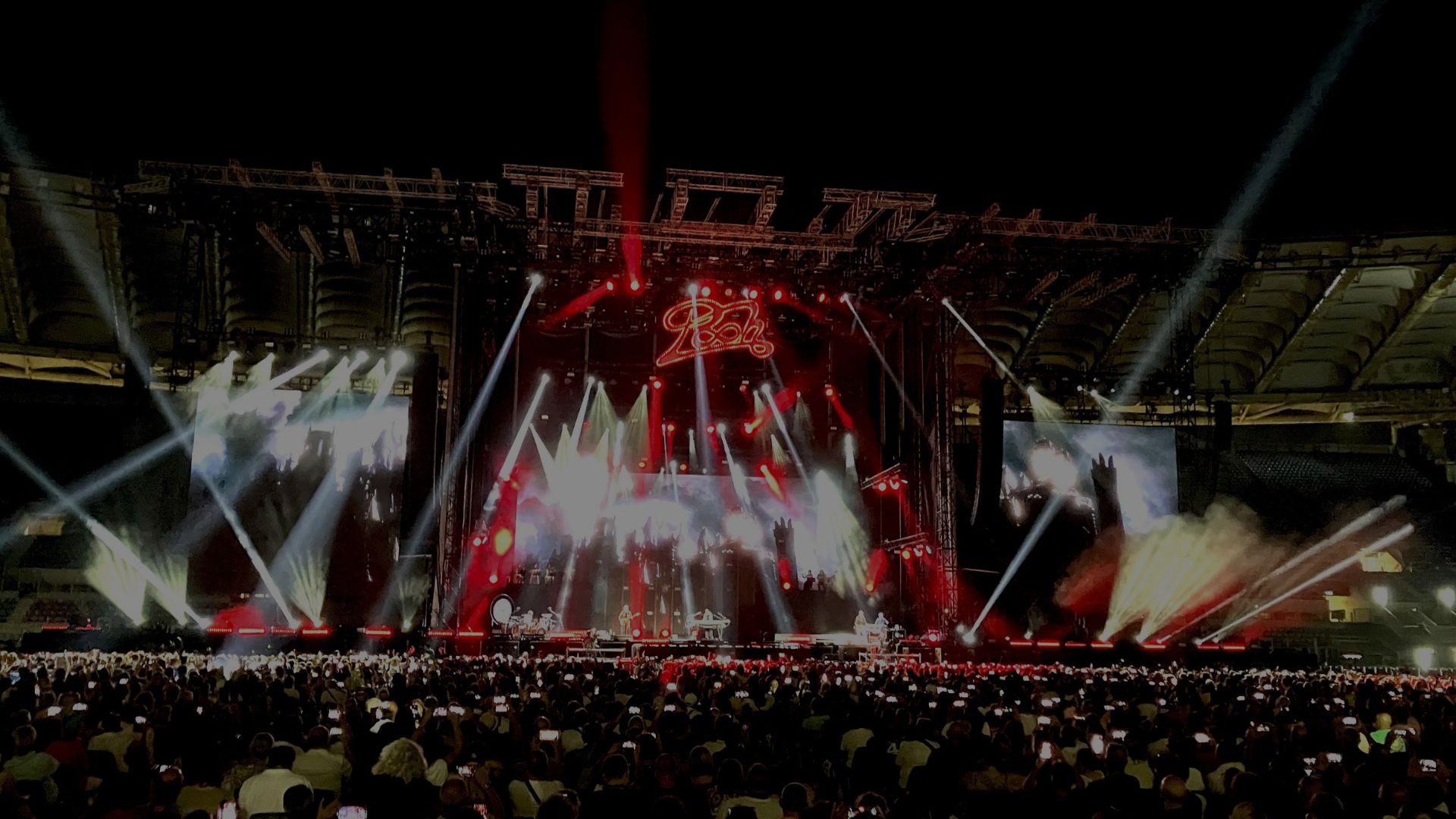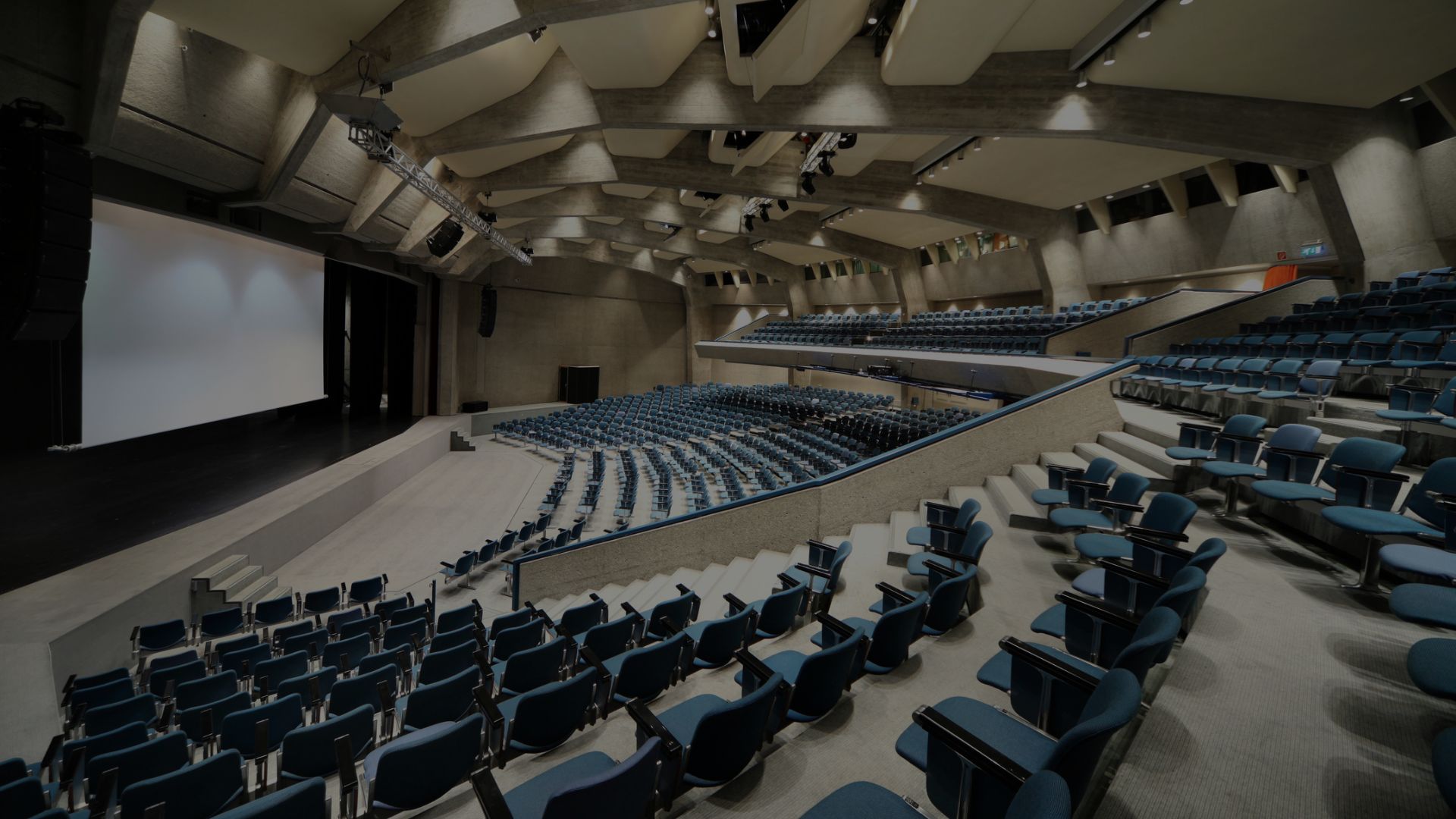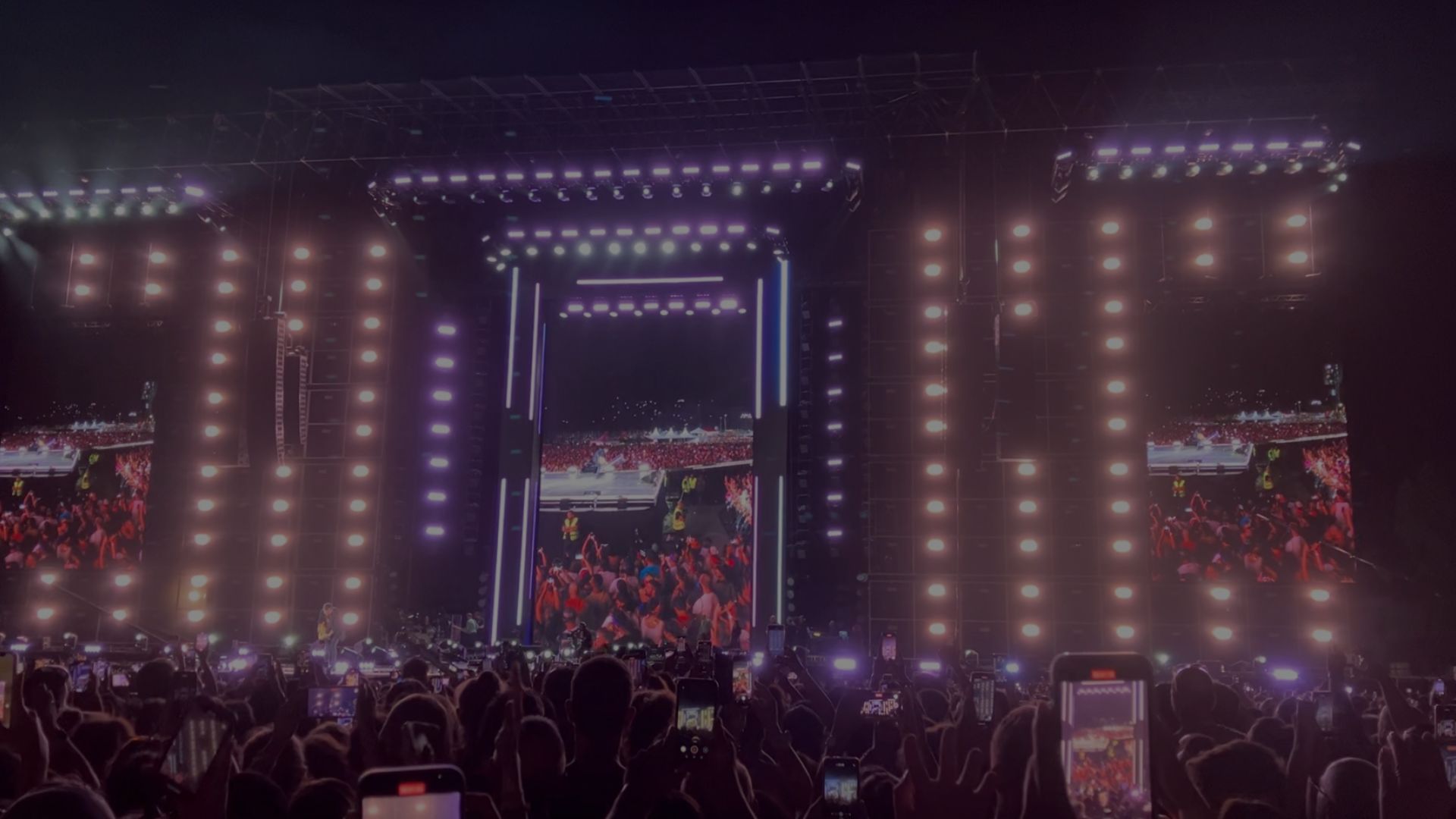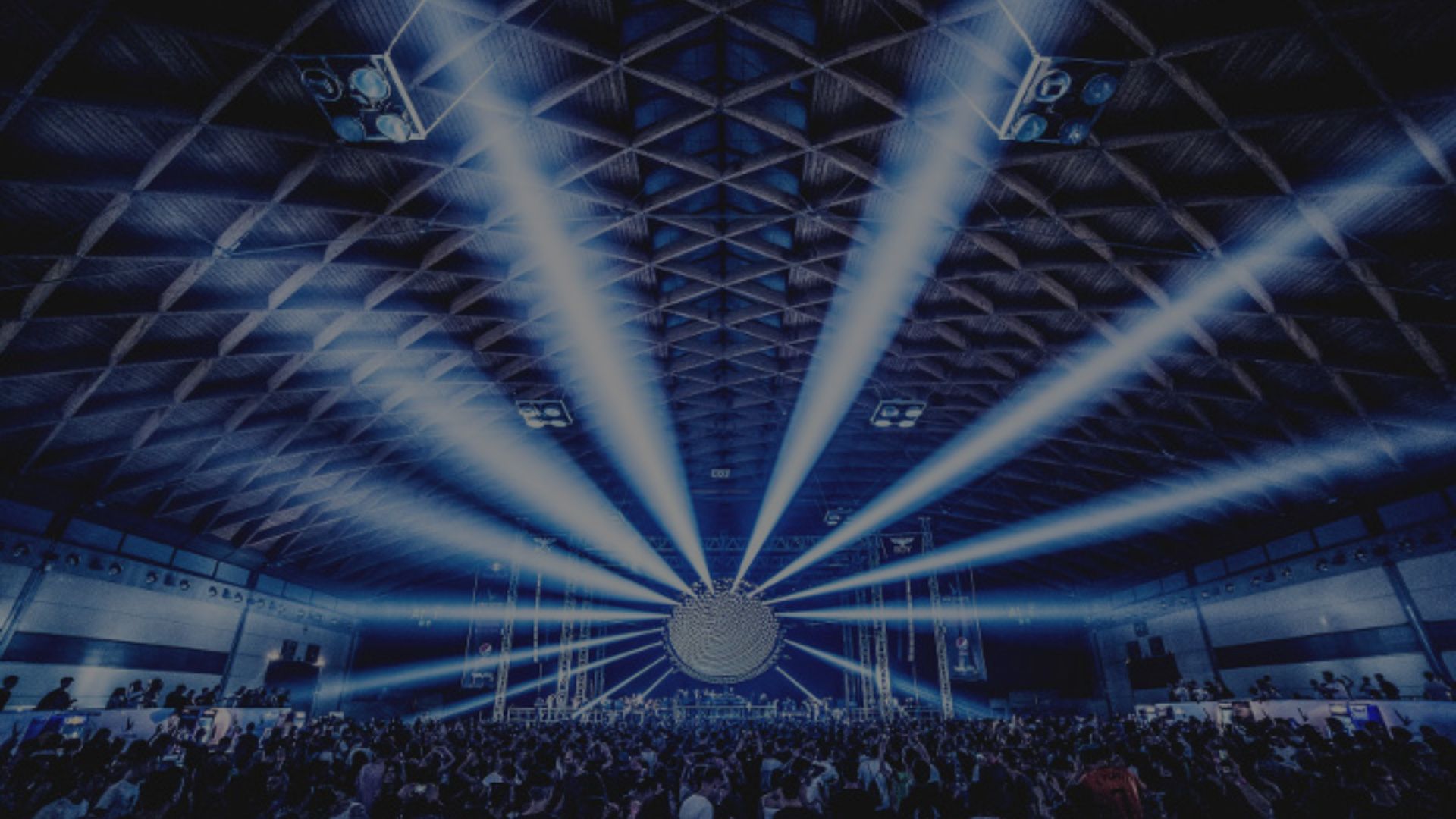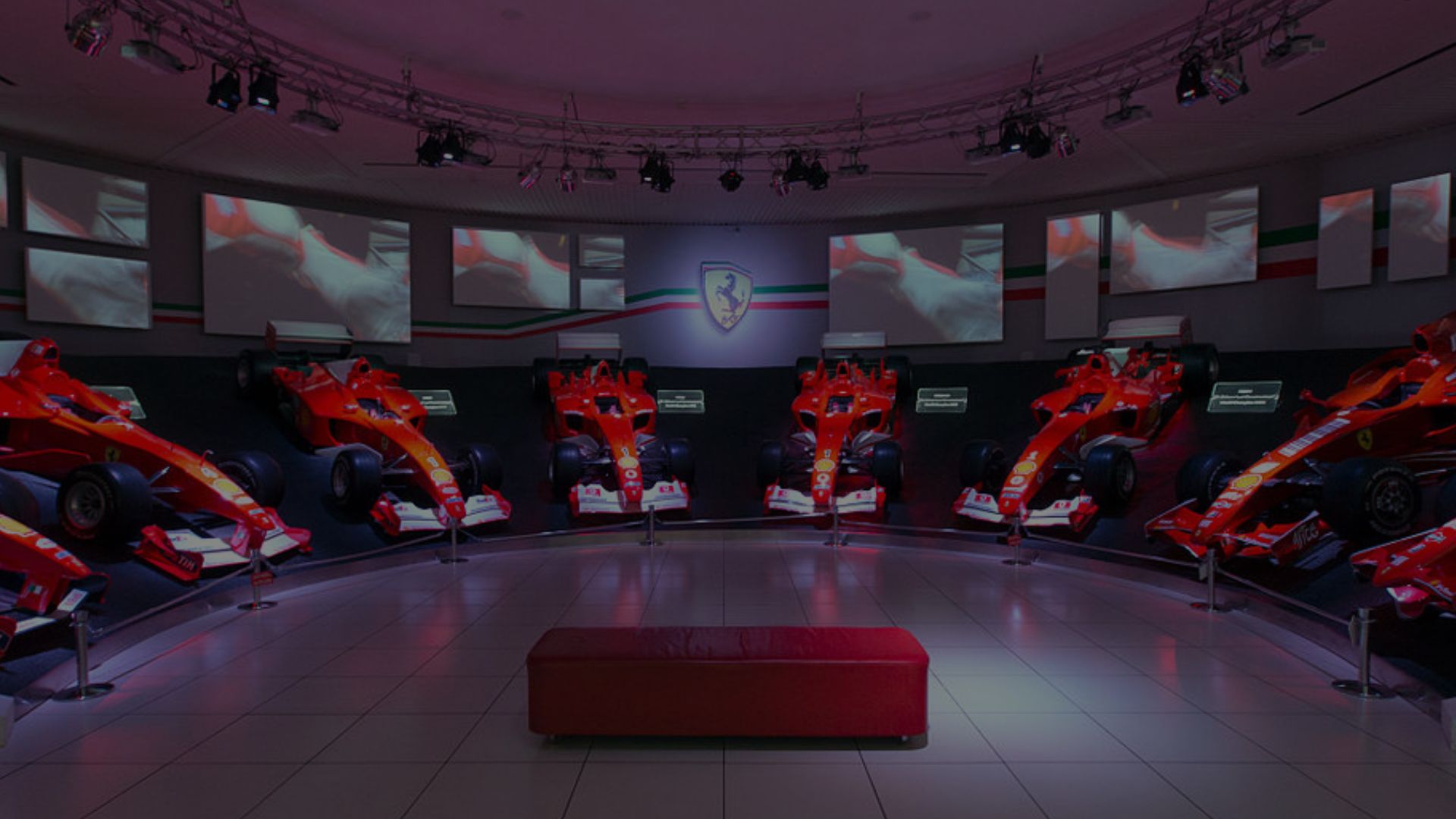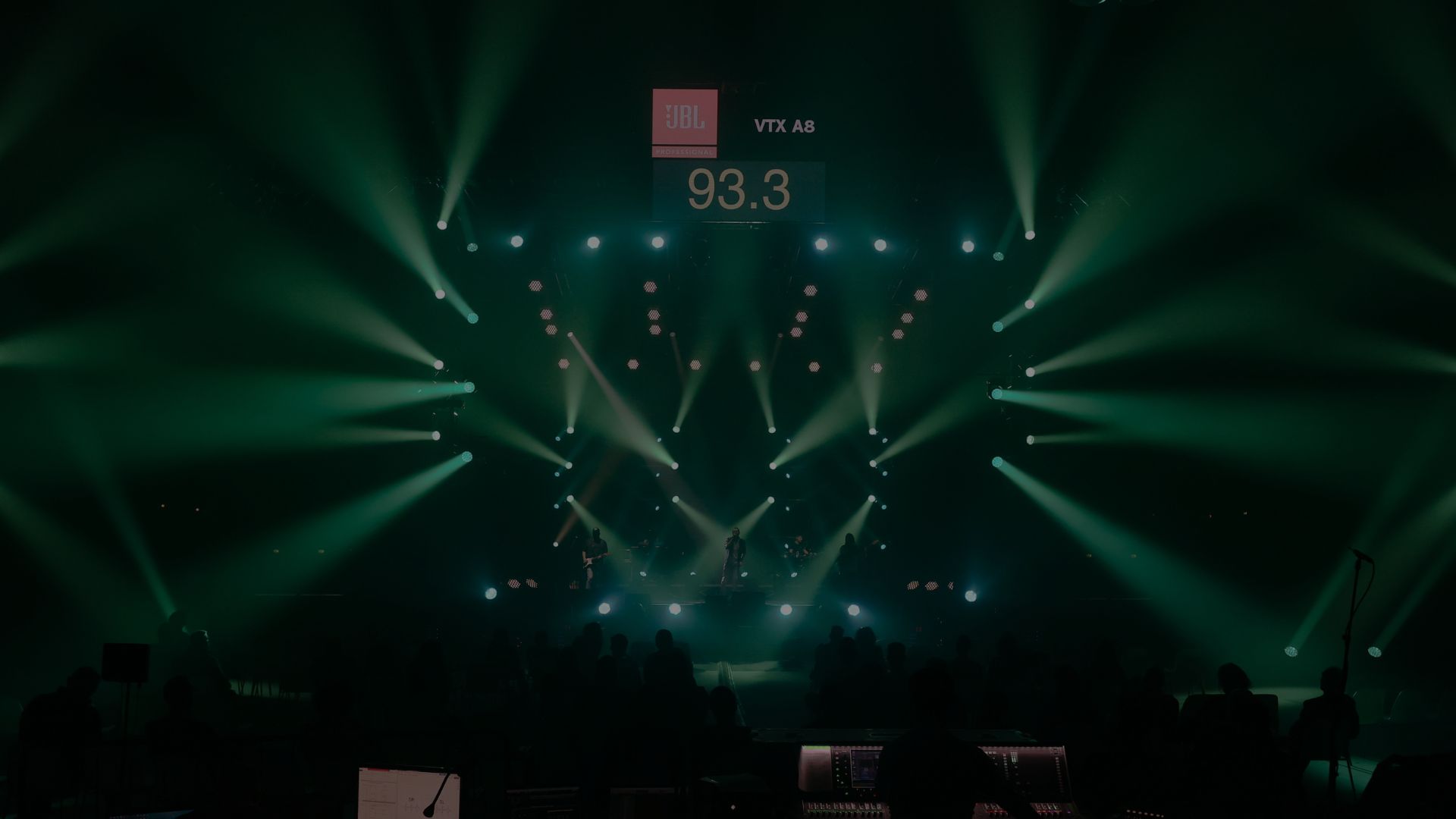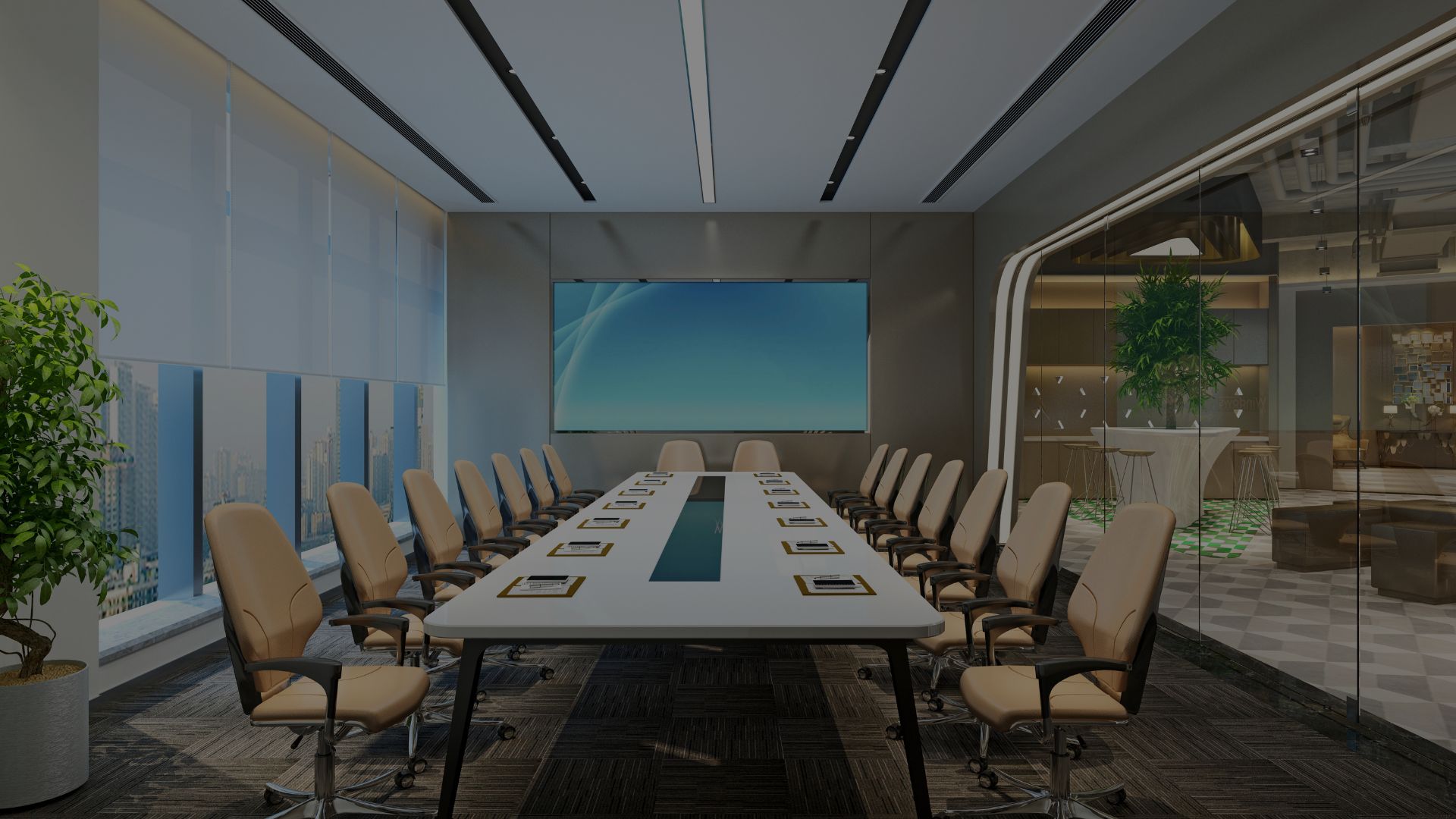Theatrical technologies are reshaping the live performance experience and redefining how we engage with cultural spaces. Whether in theatres, museums, or exhibition venues, technology has become a core component of the architectural, scenic, and experiential design.
Smart lighting, immersive environments, spatial audio, LED surfaces, digital content, and augmented reality are no longer just accessories — they are central tools for crafting new narrative languages and deep audience engagement.
Cultural Spaces Are Becoming More Technological
Anyone designing public spaces today — such as theatres, multifunctional halls, museums, hotels or retail areas — must integrate technology as a key design layer. Whether visibly integrated or subtly embedded, technology becomes an active part of the experience.
Some examples:
-
Digital signage, dynamic lighting, and immersive soundscapes
-
Fully immersive, multimedia environments
-
AV systems that merge space, sound, and visuals seamlessly
In the museum world, many exhibitions now no longer display physical artifacts but offer immersive digital storytelling — exhibitions that you don’t just see, but truly experience.
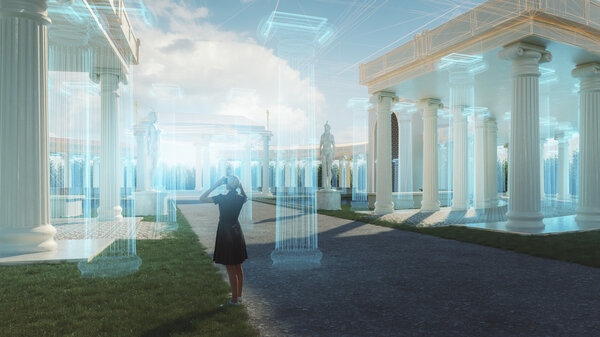
Theatrical Technology: Art Becomes Immersive
Modern theatres are embracing audio-video innovation to create multi-sensory environments that draw audiences into the heart of the story.
Key technologies include:
-
LED walls and interactive floors
-
Immersive and directional audio systems
-
Automated, programmable lighting setups
-
Augmented and virtual reality tools
The stage becomes an interactive environment, where the audience is immersed both physically and perceptively in the show.
These technologies also support greater accessibility, enabling inclusive experiences for people with disabilities.

A New Scenic Language
Theatrical technologies do more than enhance visual impact — they transform storytelling itself. In today’s theatre, tech is often part of the dramaturgy: not just support, but content in its own right.
Examples include:
-
Projections that synchronize with actor movements
-
Digital set designs that respond in real-time
-
Environments that shift based on audience interaction
Even digital art — such as NFTs or artworks born in virtual spaces — is entering the stage, blending performance art with new media.
Who Drives Innovation in Theatres and Museums?
A network of highly skilled professionals collaborates to bring these experiences to life:
-
Architects, who rethink cultural venues with hybrid and functional logic
-
Set designers and content creators, who build the narrative and visual identity
-
AV engineers, who design tailored solutions for each space
-
Multimedia technology providers, who deliver professional and scalable systems
-
System integrators, who ensure seamless interoperability across technologies
The result is a performance ecosystem where technology, space, and audience interact as one.
A New Audience, New Expectations
Far from alienating the audience, technology attracts, engages, and retains — especially younger generations.
Theatres and museums are experimenting with new languages to enhance cultural heritage, with digital tools acting as a powerful bridge between tradition and innovation.
Want to Explore the World of Theatrical Technology?
From April 12 to 14, 2026, at MIR – Music Inside Rimini, you can experience firsthand the most innovative audio, video, and immersive solutions designed for the world of theatre, museums, and cultural spaces
PUBLICATION
18/01/2023
come fare

